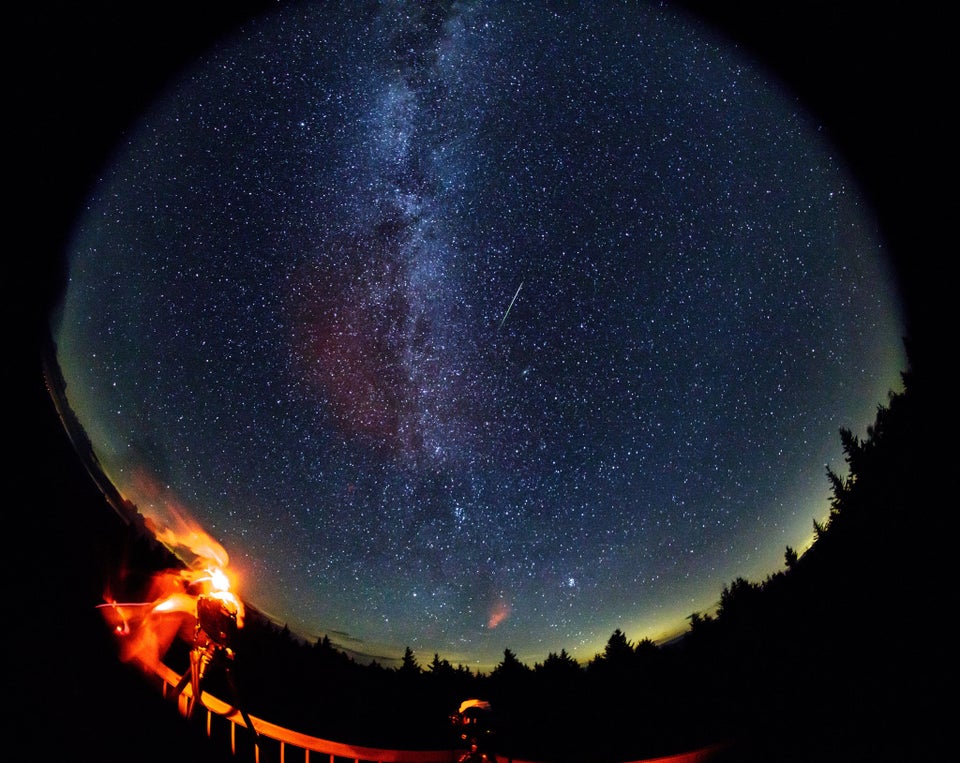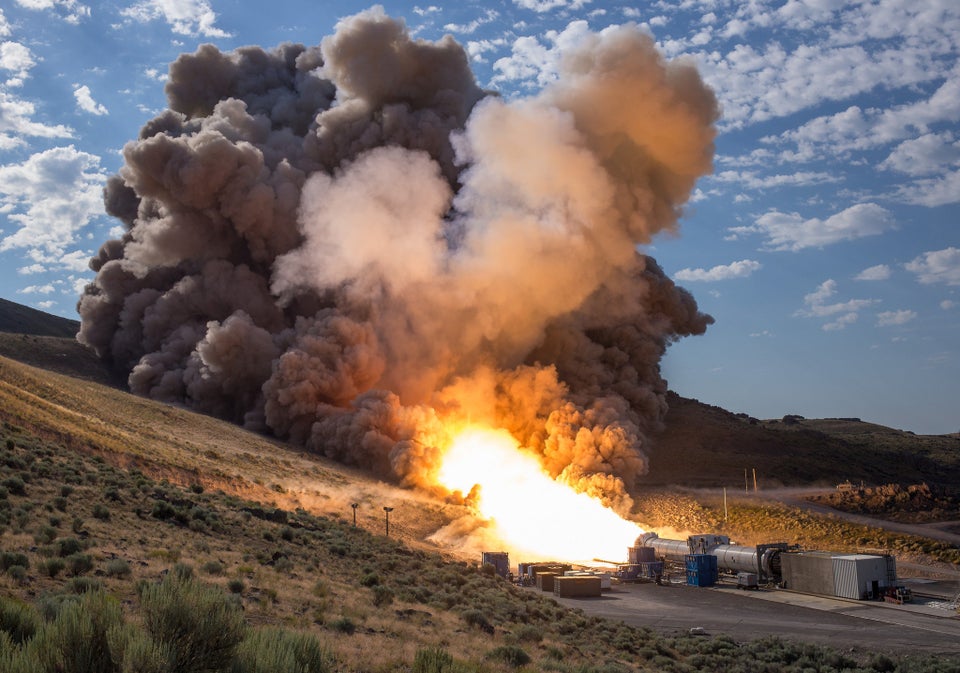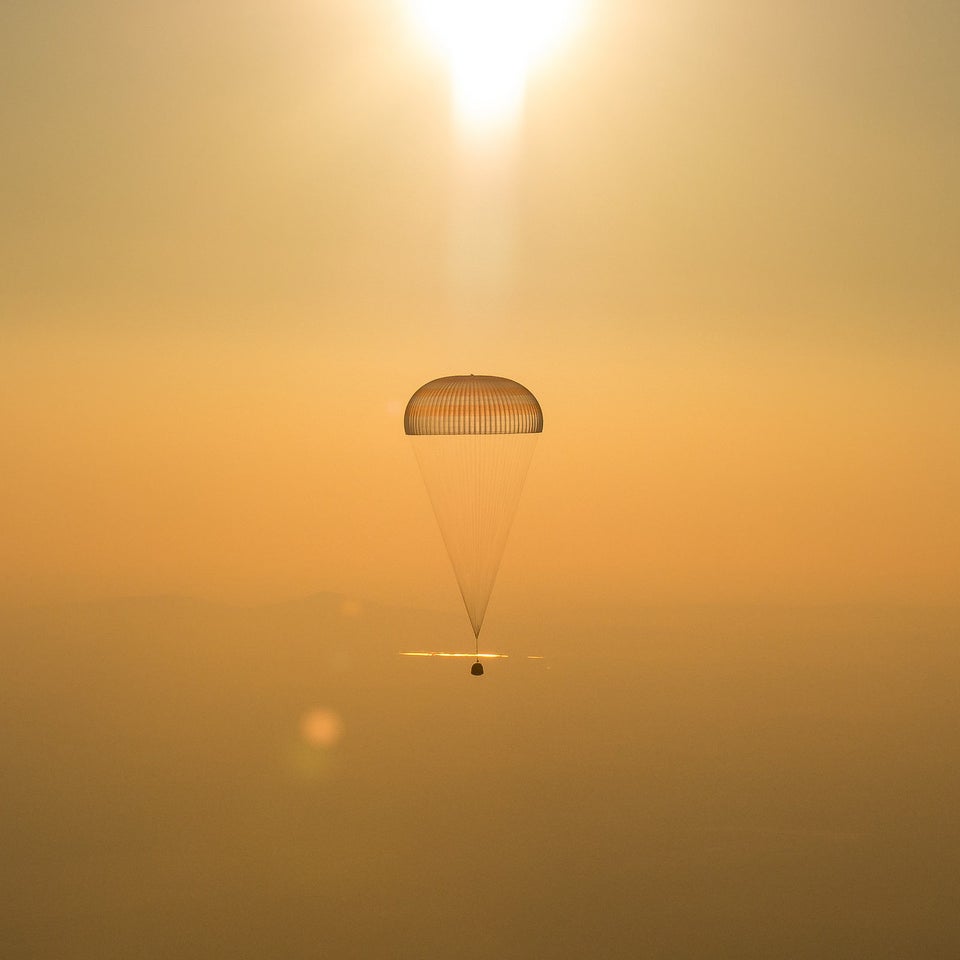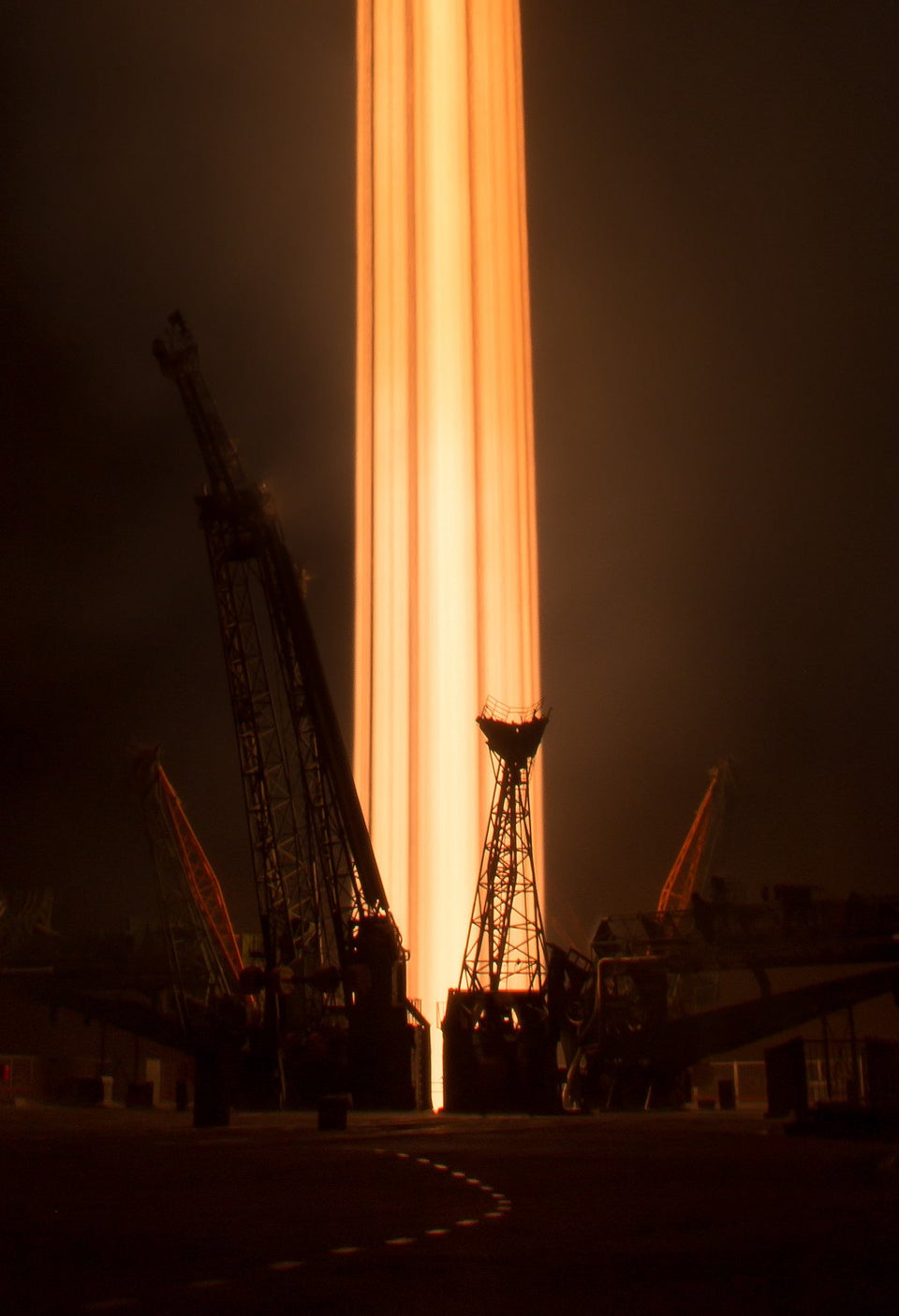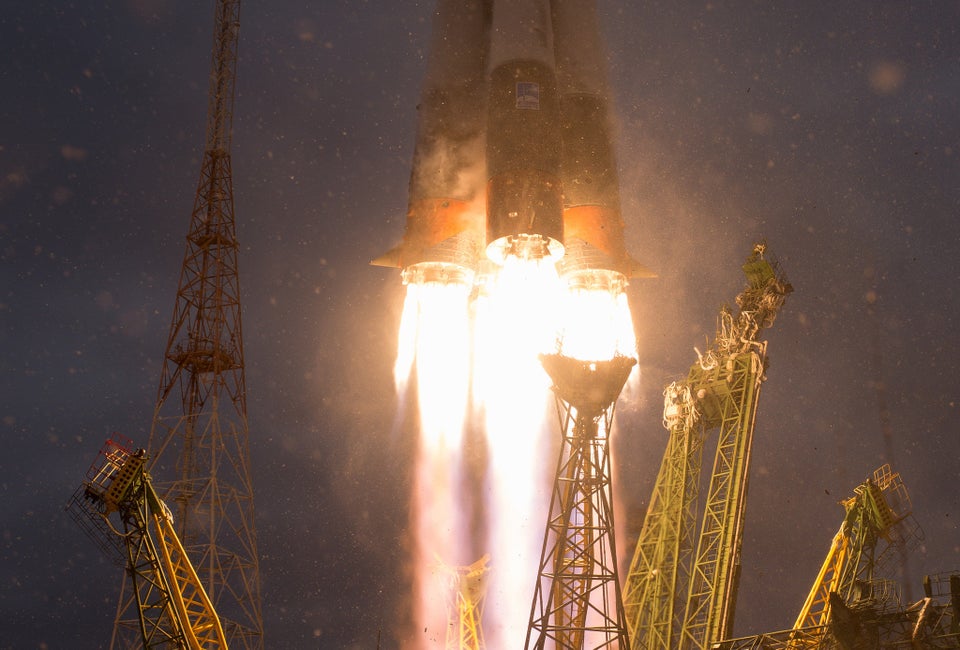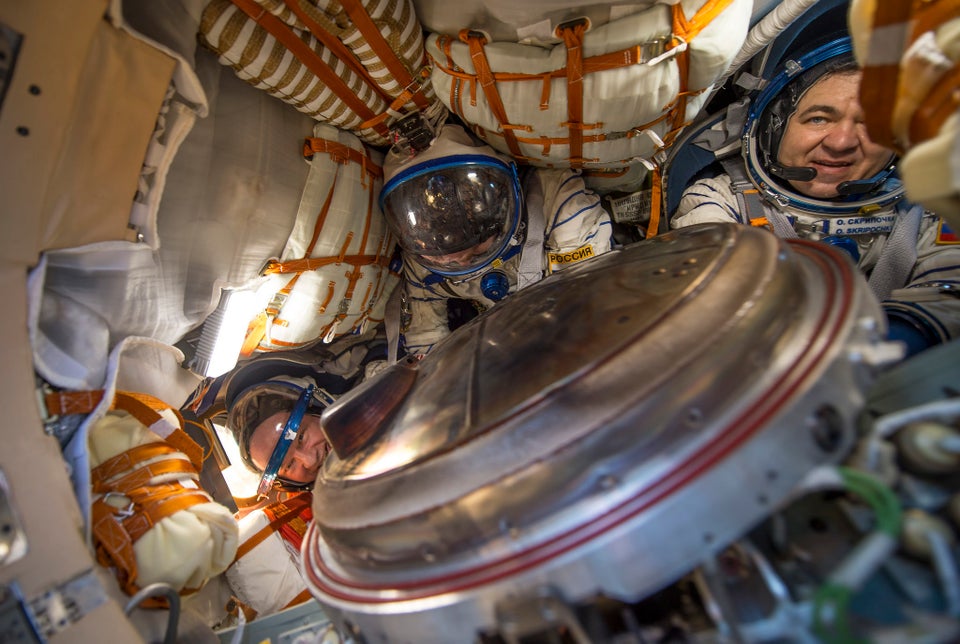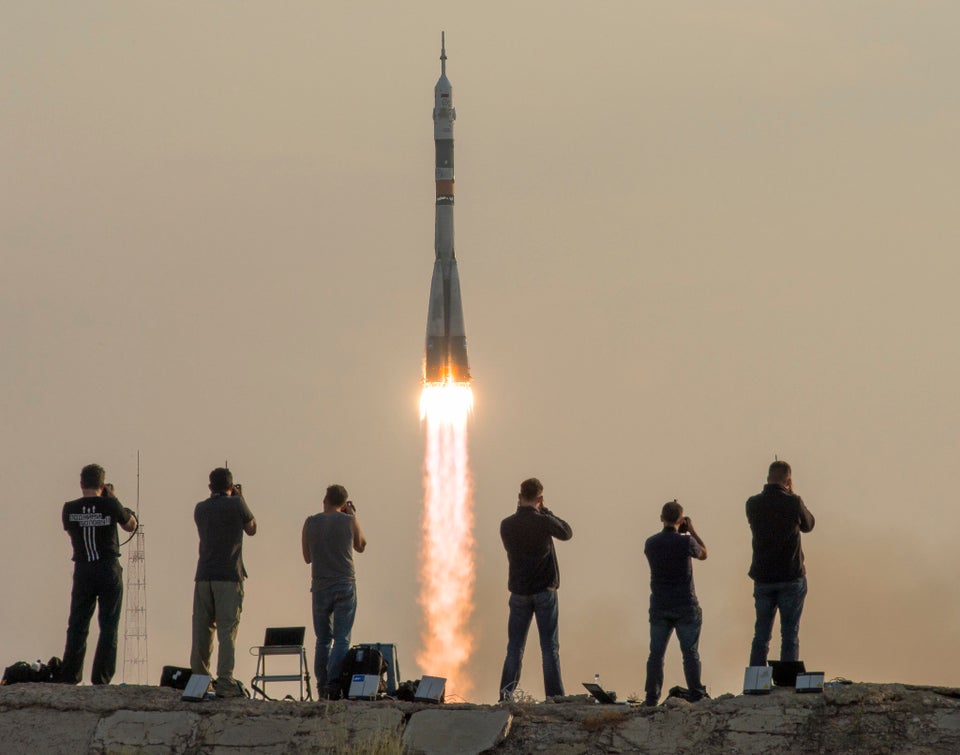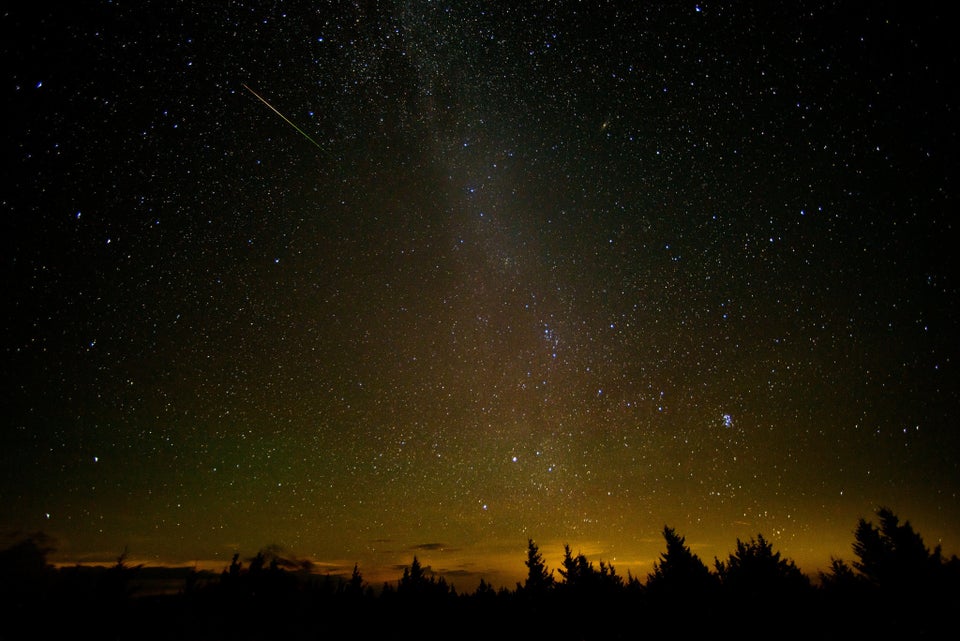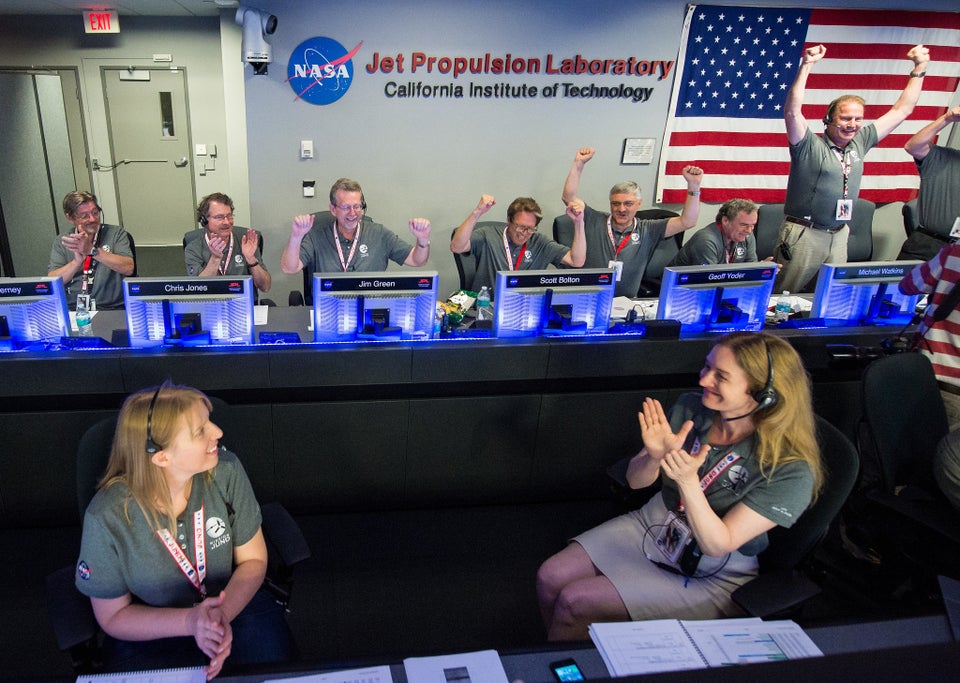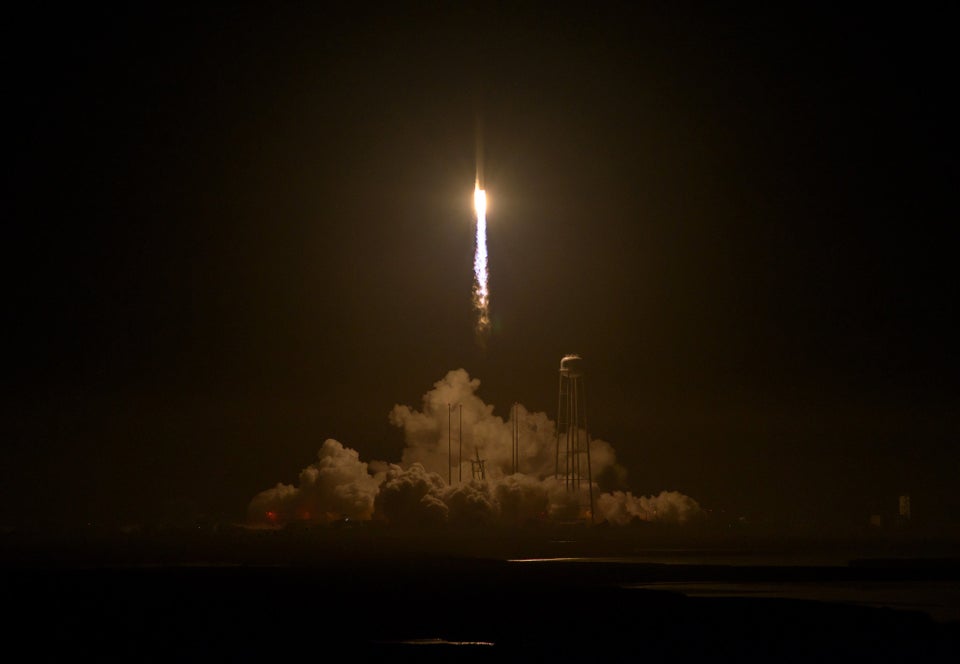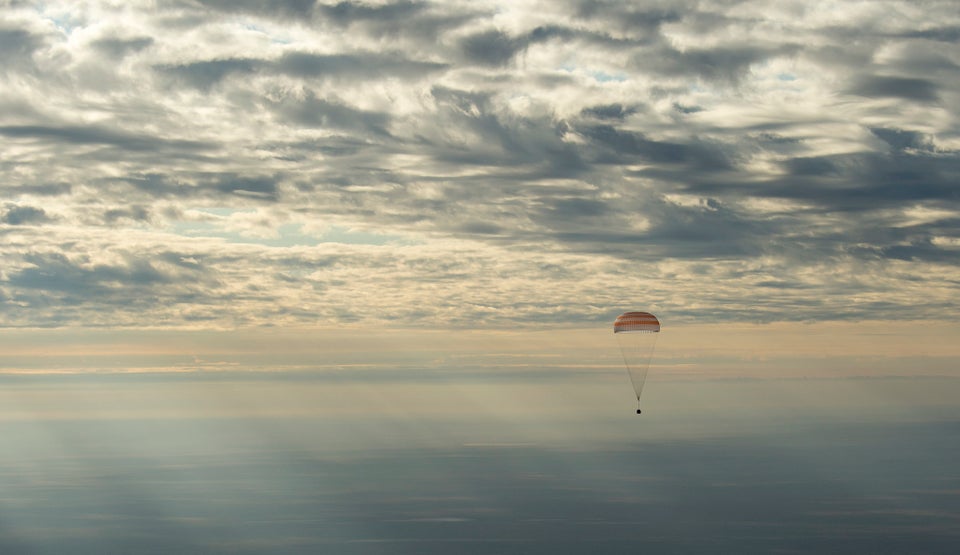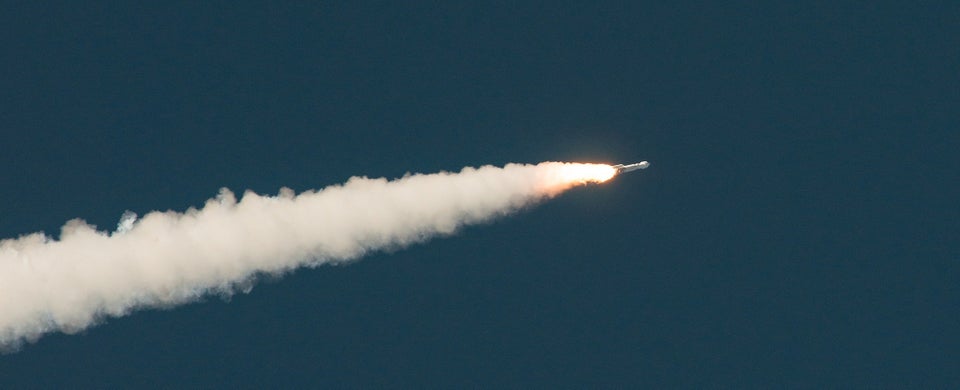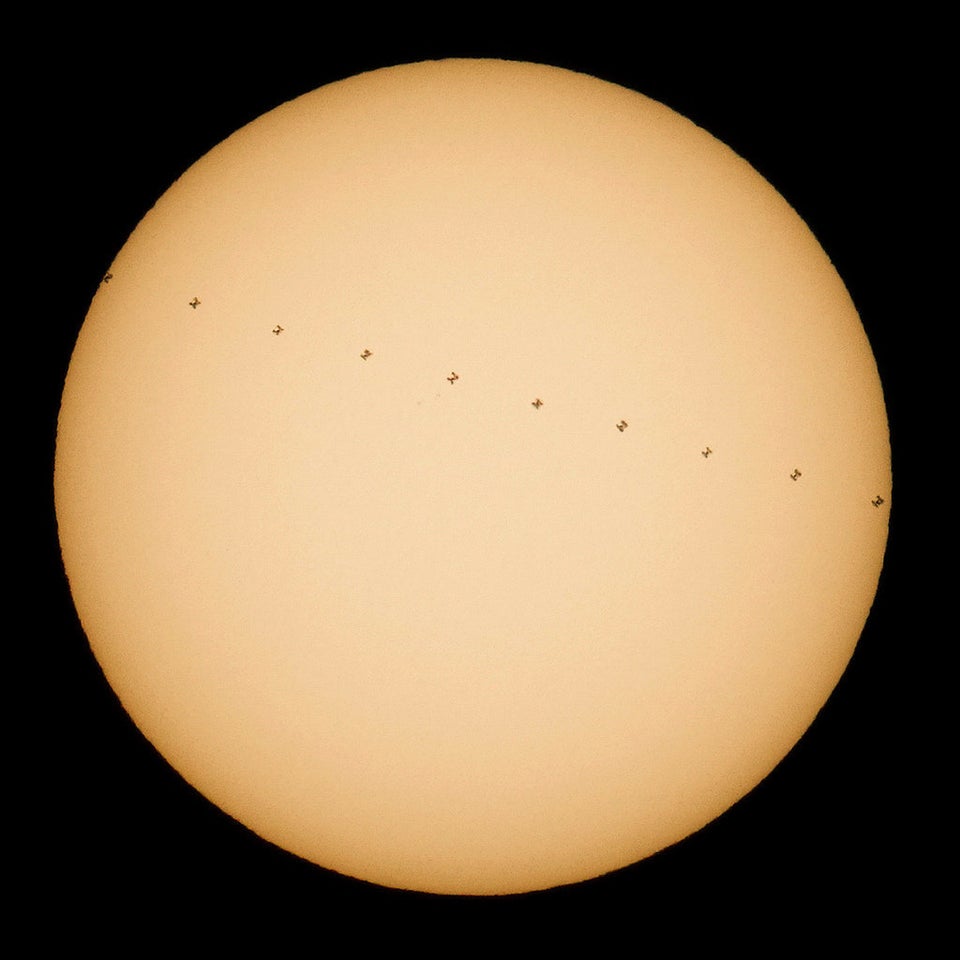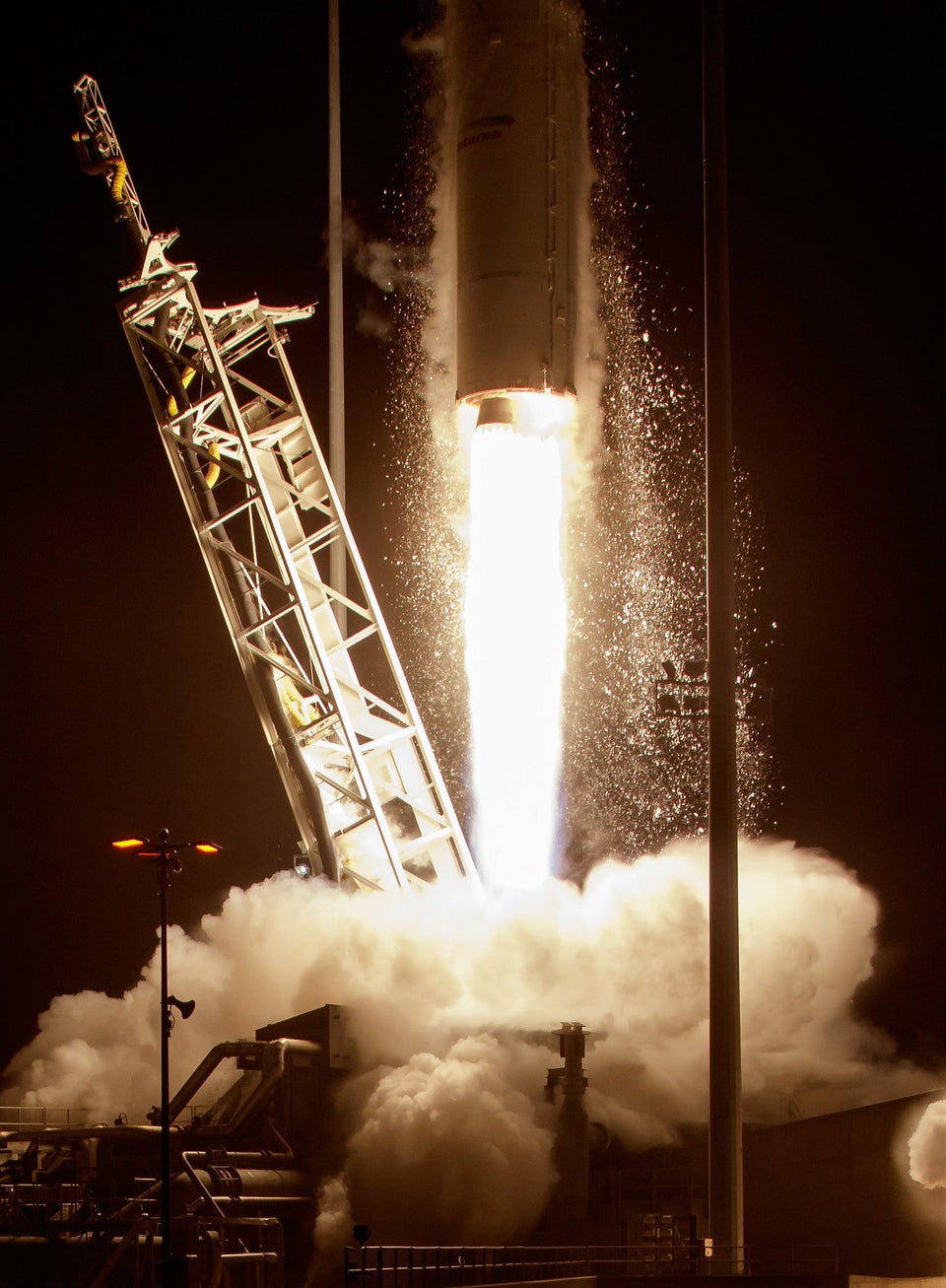Two Harvard University physicists have suggested that if alien life does exist on the newly discovered TRAPPIST-1 system then the chances of it spreading to its neighbours is high.
What Manasvi Lingam and Abraham Loeb found was that not only was this extremely likely in TRAPPIST-1 but that it was a staggering 1,000 times more likely to happen than in our own solar system.

The pair were studying a process called Panspermia that occurs when simple organisms are caught on a body of rock that is then transferred from one planet to another.
This could take place through a meteorite or asteroid impact that then ejects planetary material out into space.
TRAPPIST-1 isn’t just an exciting star system because of the number of planets it has, it’s also interesting because all seven planets are incredibly close to one another.

That means that this rocky debris has less distance to travel and a far greater chance of colliding with one of its neighbours.
Of course there are a huge number of variables still to consider: We don’t know how long microbial life can survive for in space, or indeed how it would adapt to a new environment.
TRAPPIST-1:
What makes TRAPPIST-1 special is its star. It is what is known as an ultra-cool dwarf which means that planets can be extremely close and yet still feature liquid water on their surface. In fact all seven of them are closer to their star than Mercury is to our own.
In addition they’re incredibly close to one another which means that you could be standing on one planet, look up into the sky and actually make out the cloud formations on a neighbouring planet
Ever since NASA’s announcement of the discovery of TRAPPIST-1, this seven-planet solar system has become the focus of some considerable attention.
Boasting seven Earth-like planets, three of which could be habitable, the star system has become a beacon in our search to find alien life.
NASA’s Favourite Photos:
